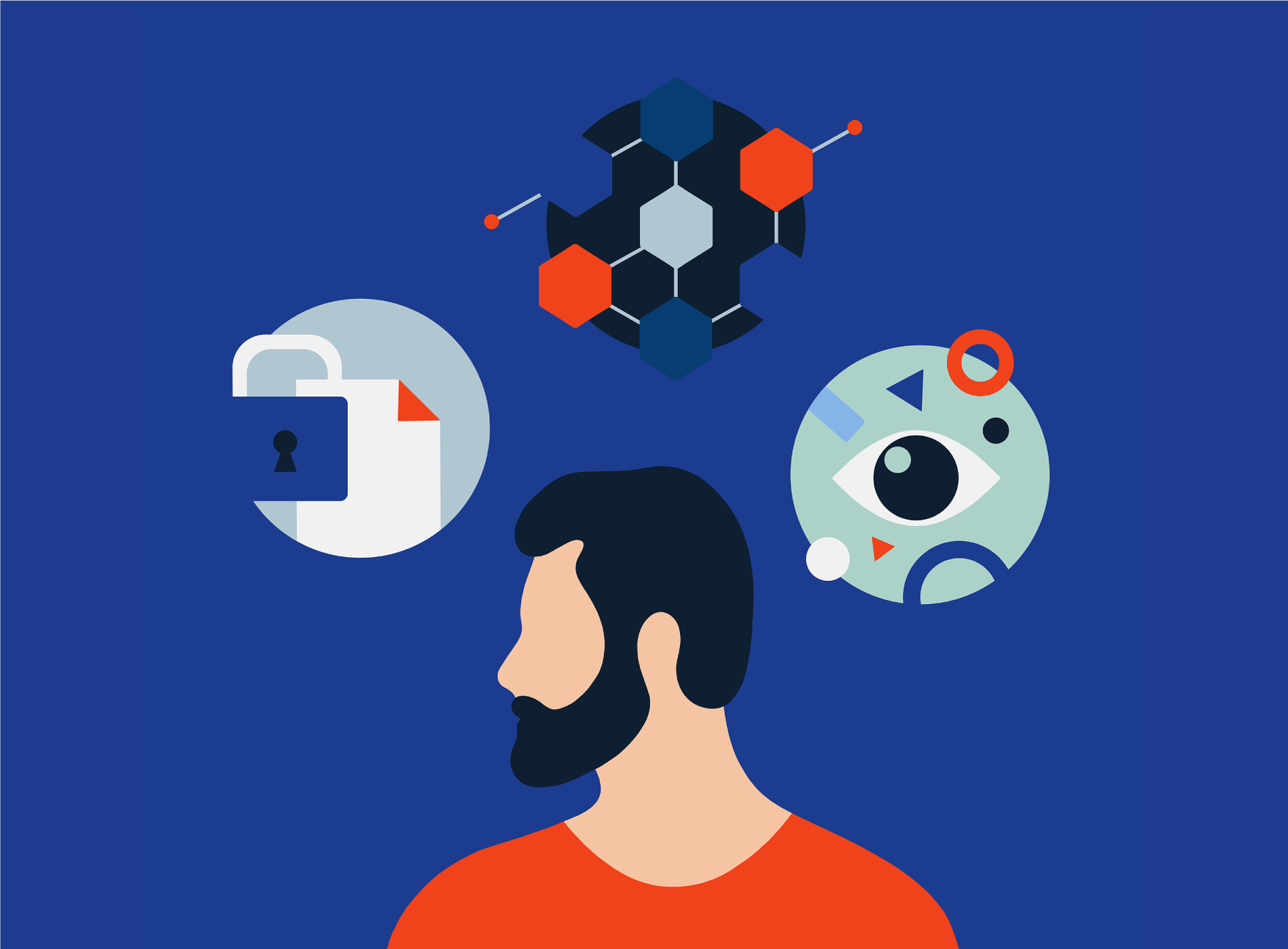How AI is Reshaping Software Development: The Next Frontier in Innovation

Artificial intelligence (AI) is no longer just a buzzword in tech circles; it is transforming industries globally, and software development is no exception. From automating mundane tasks to enhancing decision-making processes, AI is redefining how we build, test, and deploy software. This article delves into the profound impact AI has on the software development lifecycle and explores how outsourcing, outstaffing, nearshoring, and offshoring models are integrating these advancements to optimize efficiency and innovation.
The Role of AI in Modern Software Development
1. Automating Repetitive Tasks
Traditionally, software development involved numerous manual processes, from writing boilerplate code to running repetitive test cases. AI-powered tools like GitHub Copilot and TabNine leverage natural language processing (NLP) to assist developers by generating code snippets, reducing time spent on repetitive coding.
For instance, according to GitHub’s 2022 State of the Octoverse Report, developers who use AI-assisted coding tools report up to a 55% increase in productivity, allowing them to focus on complex problem-solving rather than redundant tasks.
2. Revolutionizing Code Debugging
AI is streamlining error detection and debugging with tools like DeepCode and Snyk, which can analyze vast amounts of code faster than any human could. These tools use machine learning algorithms to identify vulnerabilities, recommend fixes, and even predict potential bugs before they occur.
This predictive capability is especially useful in outsourcing and offshoring models, where development teams may work across time zones. AI-driven debugging ensures that potential issues are addressed proactively, reducing downtime and improving collaboration.
3. Enhanced Software Testing
Testing has traditionally been one of the most time-intensive phases of software development. AI-powered testing frameworks, such as Testim and Applitools, are transforming this process by automating test case generation, execution, and reporting.
Automated testing tools leverage machine learning to adapt to code changes dynamically, ensuring robust quality assurance. Businesses using these tools report 30-50% faster testing cycles, according to a recent study by Capgemini.
AI and Development Models: Outsourcing, Outstaffing, Nearshoring, and Offshoring
As AI capabilities grow, companies adopting outsourcing, outstaffing, nearshoring, or offshoring models can harness these advancements for greater efficiency and cost-effectiveness.
Outsourcing and Offshoring: Optimizing Talent and Costs
Outsourcing and offshoring software development remain popular due to cost savings and access to global talent. However, managing remote teams often presents challenges in communication, productivity, and quality assurance. AI bridges these gaps by:
- Facilitating Communication: Tools like Grammarly or AI-powered language translation services enable seamless communication across diverse teams.
- Monitoring Productivity: AI-based analytics platforms like Time Doctor provide insights into team productivity, helping businesses identify bottlenecks and optimize workflows.
Nearshoring: Leveraging Proximity and AI Synergy
Nearshoring combines the benefits of outsourcing with the advantage of geographical and cultural proximity. When paired with AI-driven tools, nearshore teams can achieve unparalleled efficiency. For instance:
- Real-time Collaboration: Platforms like Slack or Microsoft Teams now integrate AI bots for scheduling, task management, and workflow automation.
- Predictive Analytics for Project Management: Tools like Jira and Asana leverage AI to predict project timelines and resource allocation, ensuring nearshore teams deliver on time.
Outstaffing: Empowering Dedicated Teams with AI
Outstaffing involves hiring dedicated developers to work as part of your internal team. These developers can utilize AI-driven tools to:
- Enhance Learning Curves: AI-based learning platforms like Coursera or Udemy Business recommend tailored training modules, ensuring outstaffed teams stay updated on the latest technologies.
- Foster Innovation: AI encourages creativity by automating routine tasks, allowing developers to experiment with novel solutions.
AI in Software Design
AI is not just transforming coding and testing—it is revolutionizing software design itself. Tools like Adobe XD and Sketch now incorporate AI to assist in user interface (UI) and user experience (UX) design. These tools:
- Analyze user behavior data to suggest optimal design layouts.
- Automate repetitive design tasks, such as resizing images or aligning elements.
- Generate responsive design prototypes in real time.
By enabling rapid prototyping and user-centric designs, AI is helping developers deliver intuitive and engaging software solutions.
How to Leverage AI in Your Software Development Strategy
Step 1: Assess Your Needs
Evaluate your current software development process to identify areas where AI can add value. For example, if testing is a bottleneck, consider adopting AI-powered testing tools.
Step 2: Choose the Right Model
Determine whether outsourcing, outstaffing, nearshoring, or offshoring aligns with your goals. AI tools can enhance collaboration and productivity in all these models.
Step 3: Invest in Training
Equip your team with the skills needed to maximize AI adoption. Platforms like Scale3C Academy offer tailored training programs for businesses transitioning to AI-driven development.
Step 4: Start Small
Begin by integrating AI tools into specific tasks before scaling up. This phased approach minimizes risks and ensures a smooth transition.
AI is reshaping software development in unprecedented ways, offering faster development cycles, improved quality, and innovative solutions. By integrating AI into outsourcing, outstaffing, nearshoring, or offshoring strategies, businesses can achieve greater agility and competitiveness in a rapidly evolving market.
To explore how your business can harness the power of AI in software development, visit Scale3C for tailored solutions and expert guidance.
Similar articles

What is the Future of Front End Development in 2020

Why You Should Outsource Your IT Projects to Lithuania

Programming Habits All Developers Should Adopt


